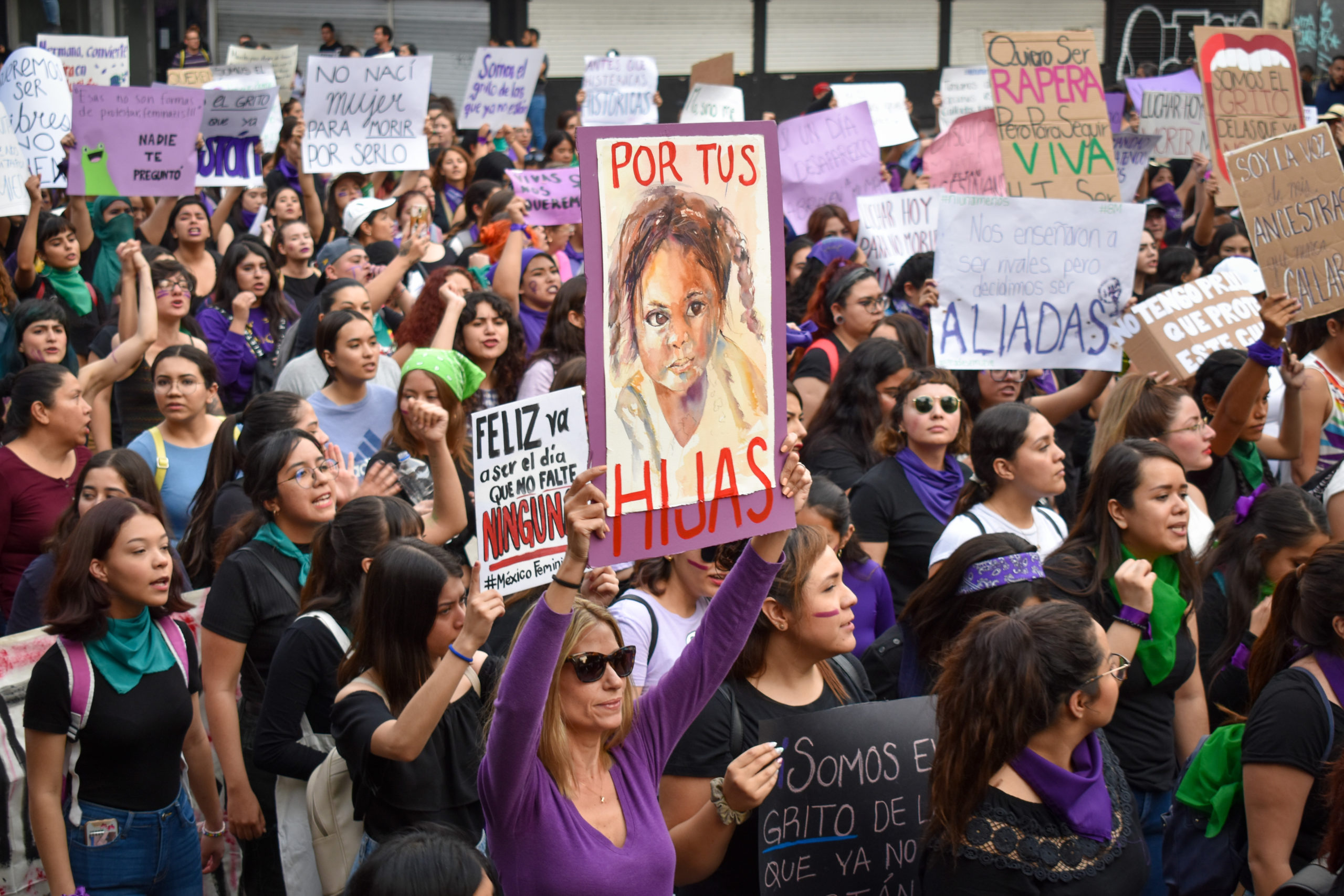As the dust settles after the 2022 midterm election, researchers are now able to look at how the Dobbs decision impacted voters across the country. While significant attention has been given to the abortion views of men and women of various age groups, less notice has been paid to the similarities and differences of racial and ethnic groups. Continue Reading →









